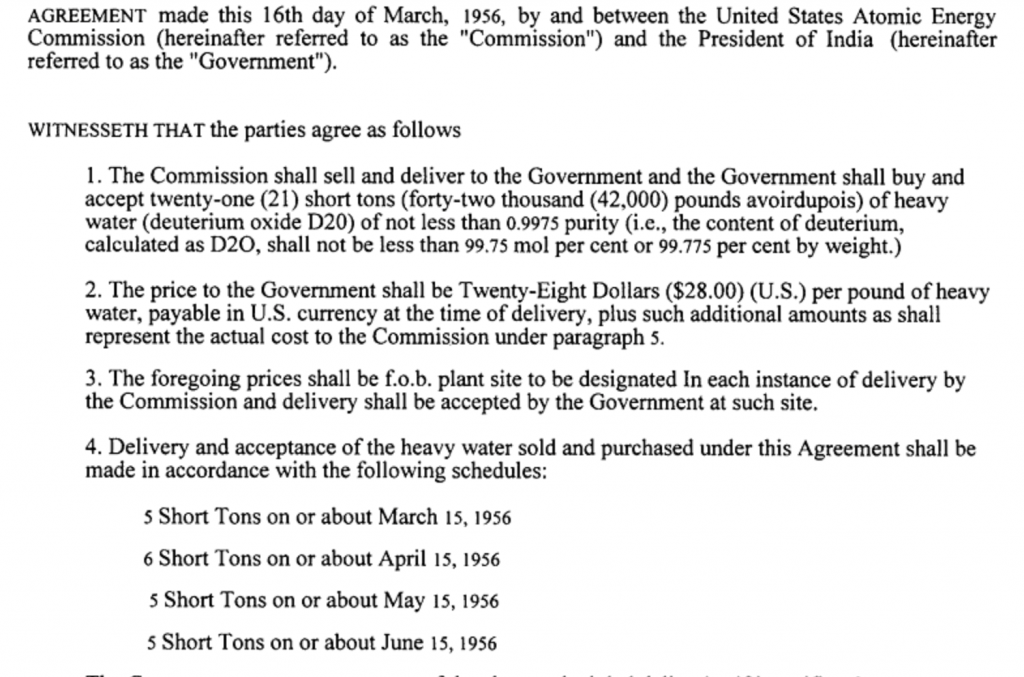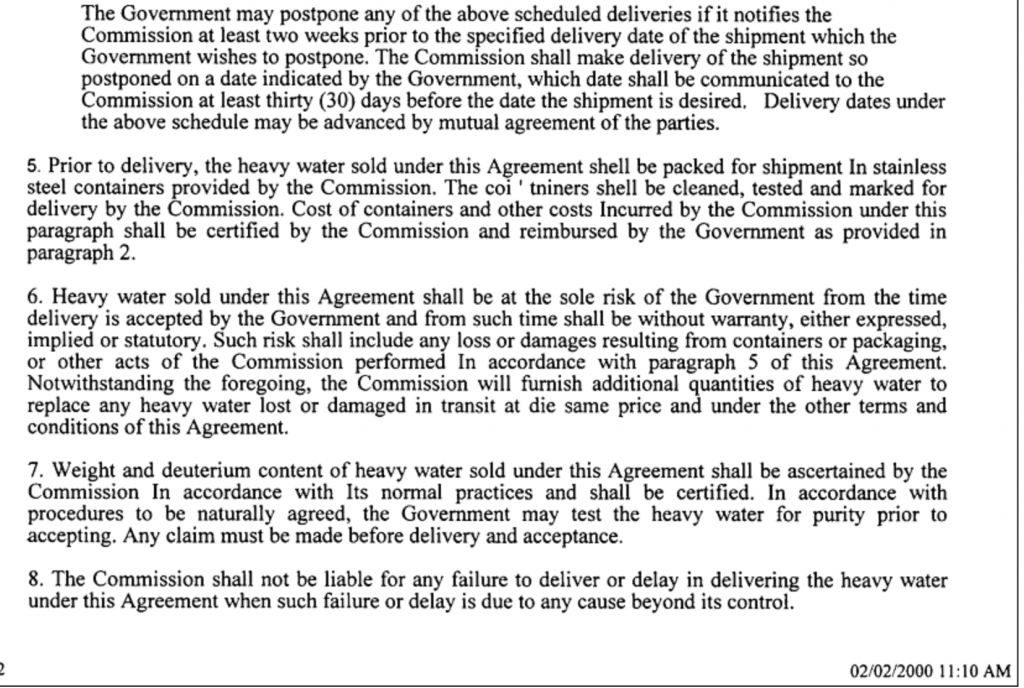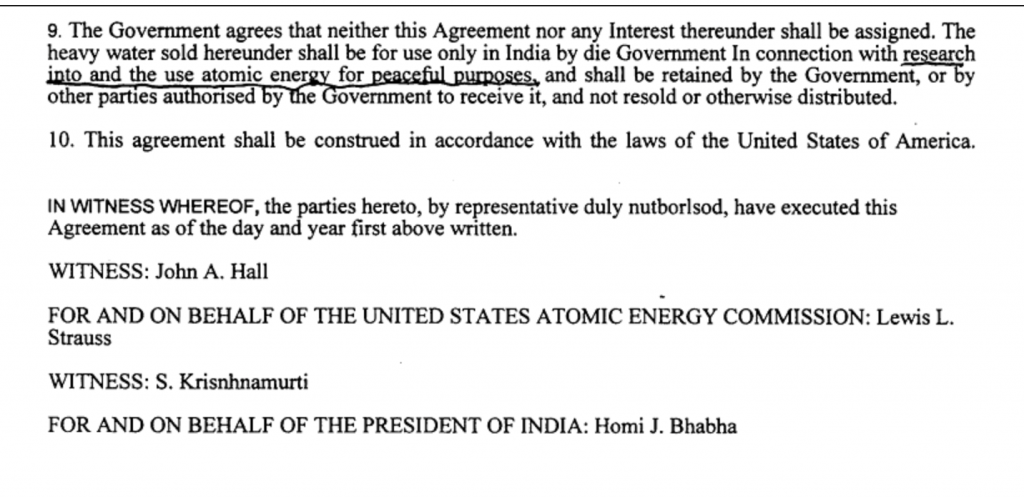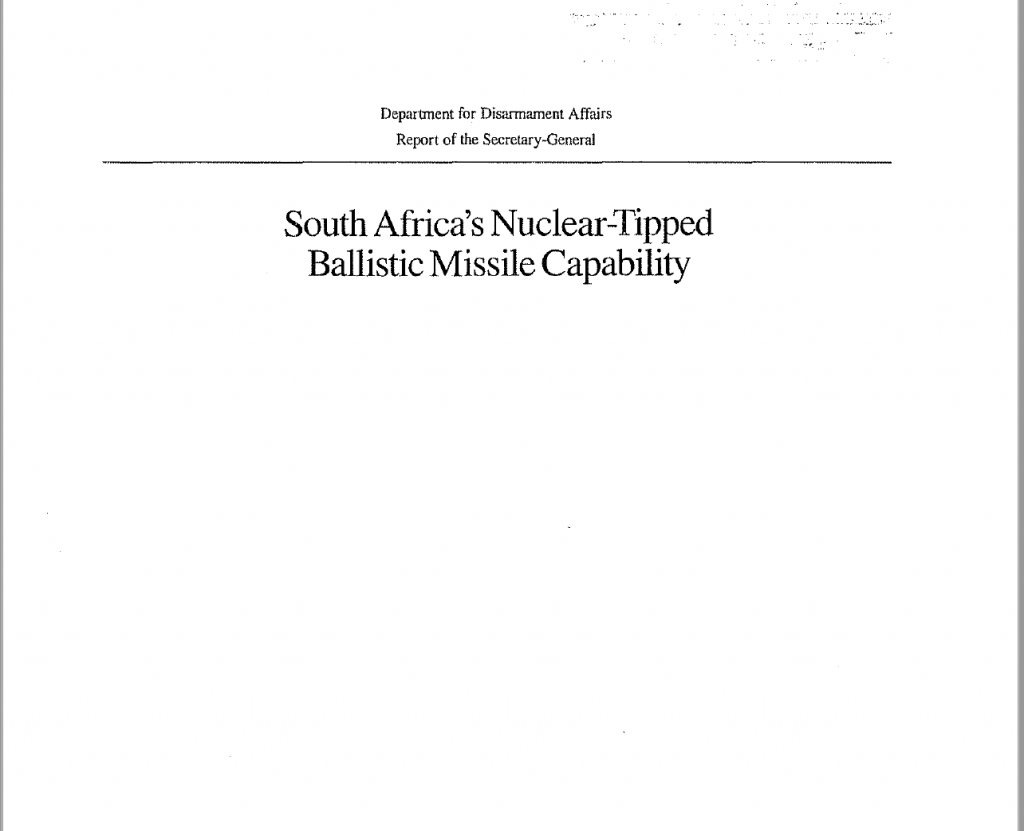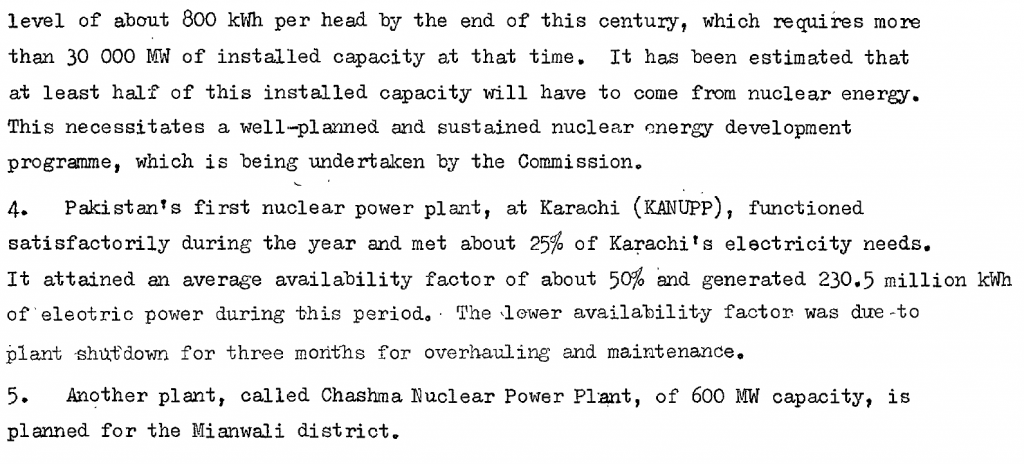This 2006 report about the UK’s historical production of defense HEU describes issues concerning HEU production records:
This review has been conducted from an audit of annual accounts and the
delivery/receipt records at sites. A major problem encountered in examining the records was that a considerable number had been destroyed for the early years of the programme. There is only a legal requirement for the companies to keep such records for 30 years. In some cases older records were destroyed when they reached this age. There is a greater awareness now of the need to keep these records and this past practice has now been stopped, but too late for the purposes of this review. The task of locating early records was intensive and great efforts were made by all concerned to locate corroborating older records, but the search cannot claim to be comprehensive.–Even where records have survived other problems have been encountered, including:
–not all records differentiated between civil and military production, so assessments had to be made of the ultimate destination. This was complicated by the fact that HEU produced at Capenhurst subsequently went to Windscale for processing before onward movement to the final customer, making distinction between new make and recycled HEU difficult
–some early records make no specific mention of waste and effluent disposals–some records lacked the precision now required; no units of mass identified, or were
difficult to decipher, against the quantities, and consequently assessments had to be made to establish units. Other records did not identify quantities to decimal places and may have been rounded. As individual figures this may be acceptable but when accumulated into total quantities it can produce inaccuracies in final figures
–in some cases no indication of enrichment value was available. Average figures were used, or knowledge of the process used to assure that the material was indeed HEU
–changes in the structure of the contractors have presented difficulties in tracing
documentation It also has to be borne in mind that instrumentation and measurement techniques were not as accurate in the early years as they have become over the past 20 years or so

